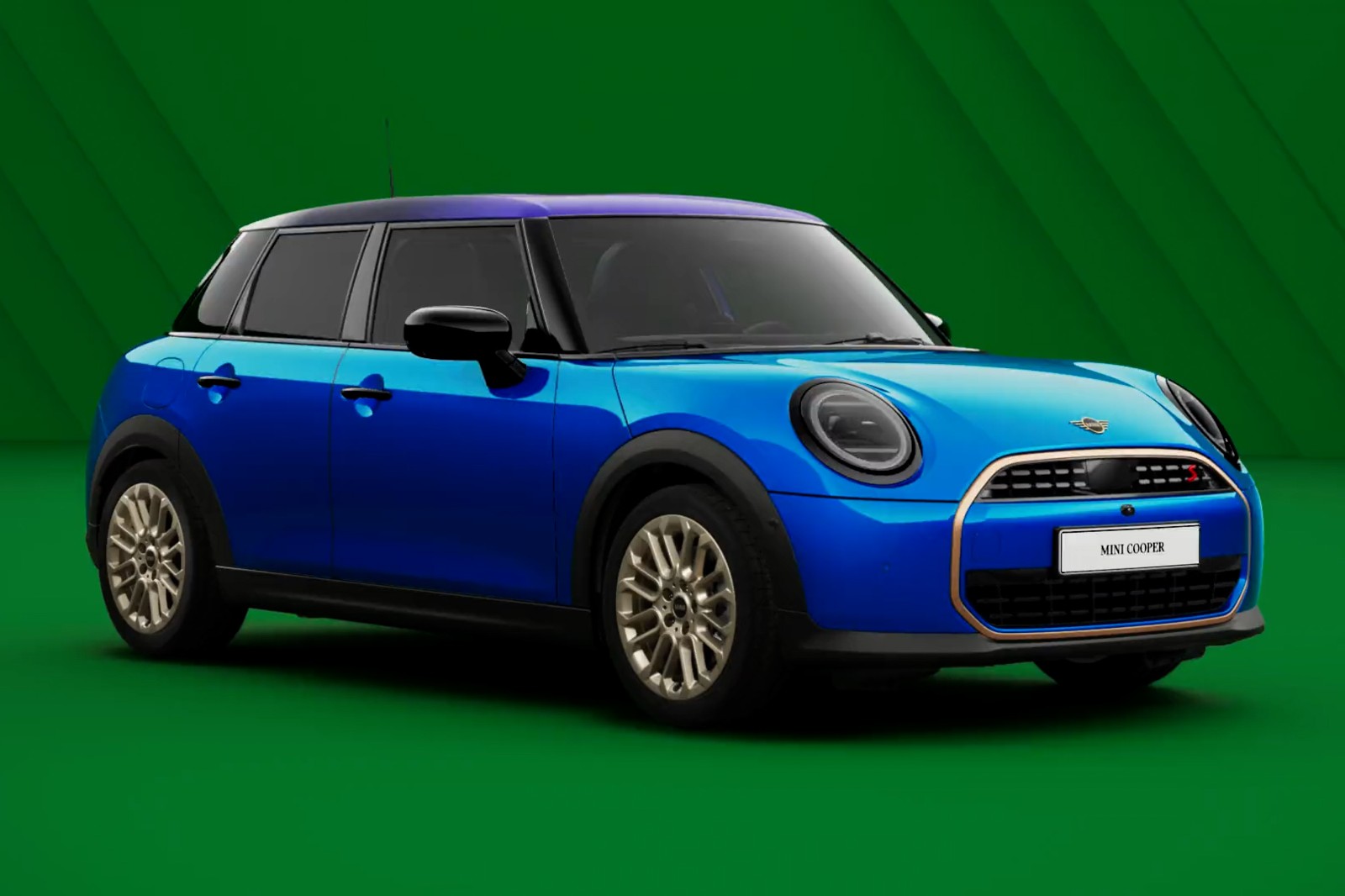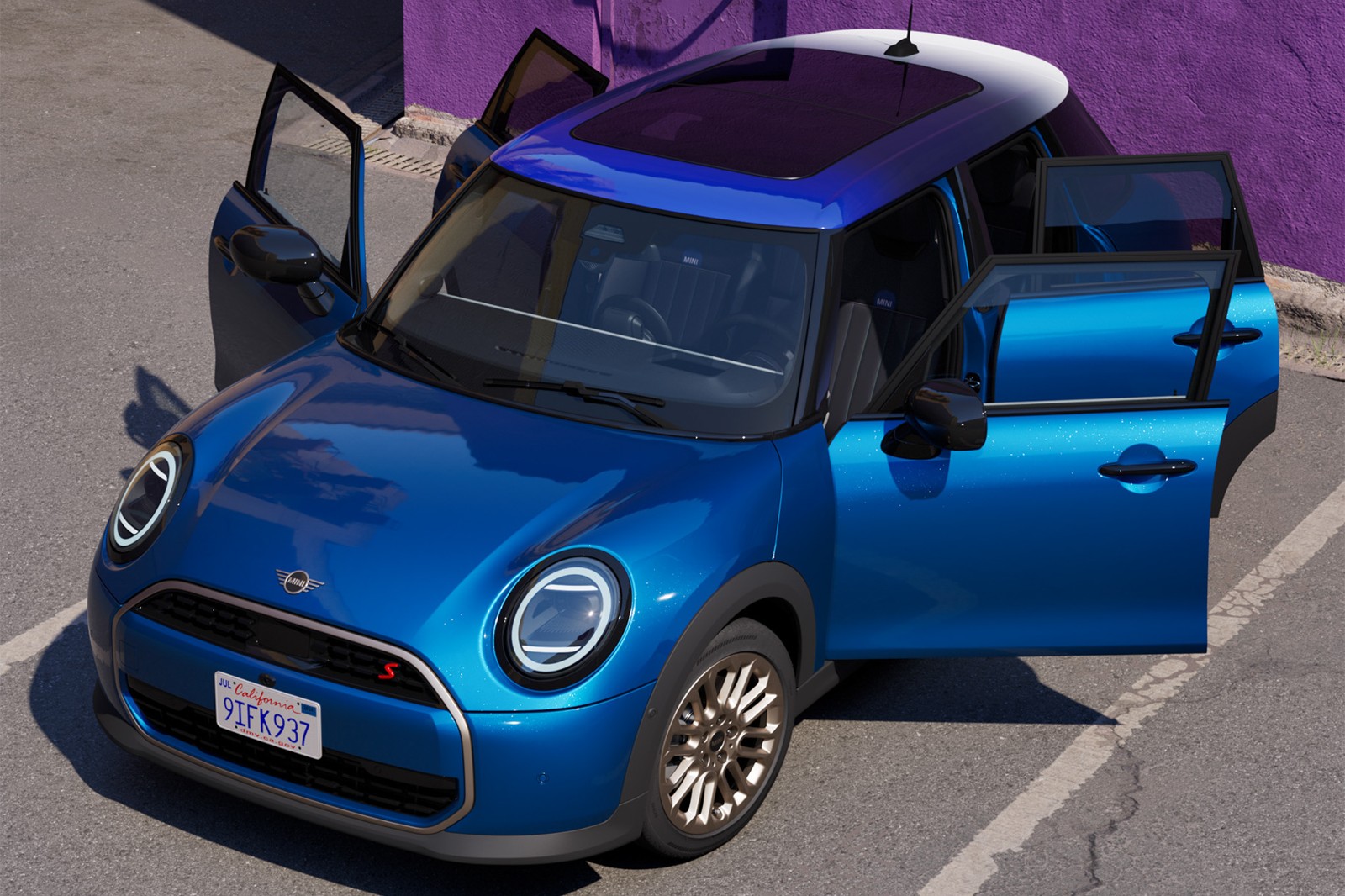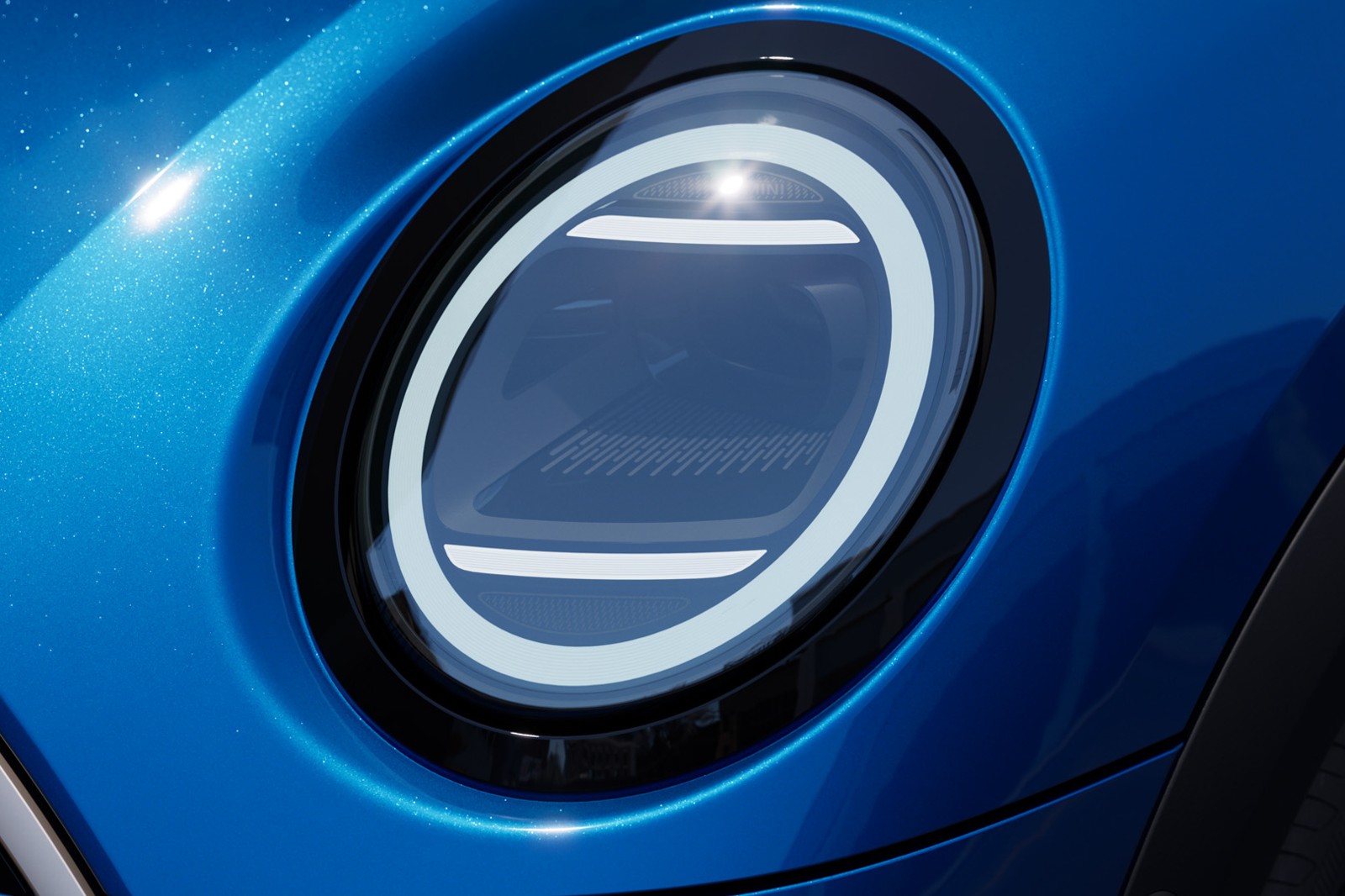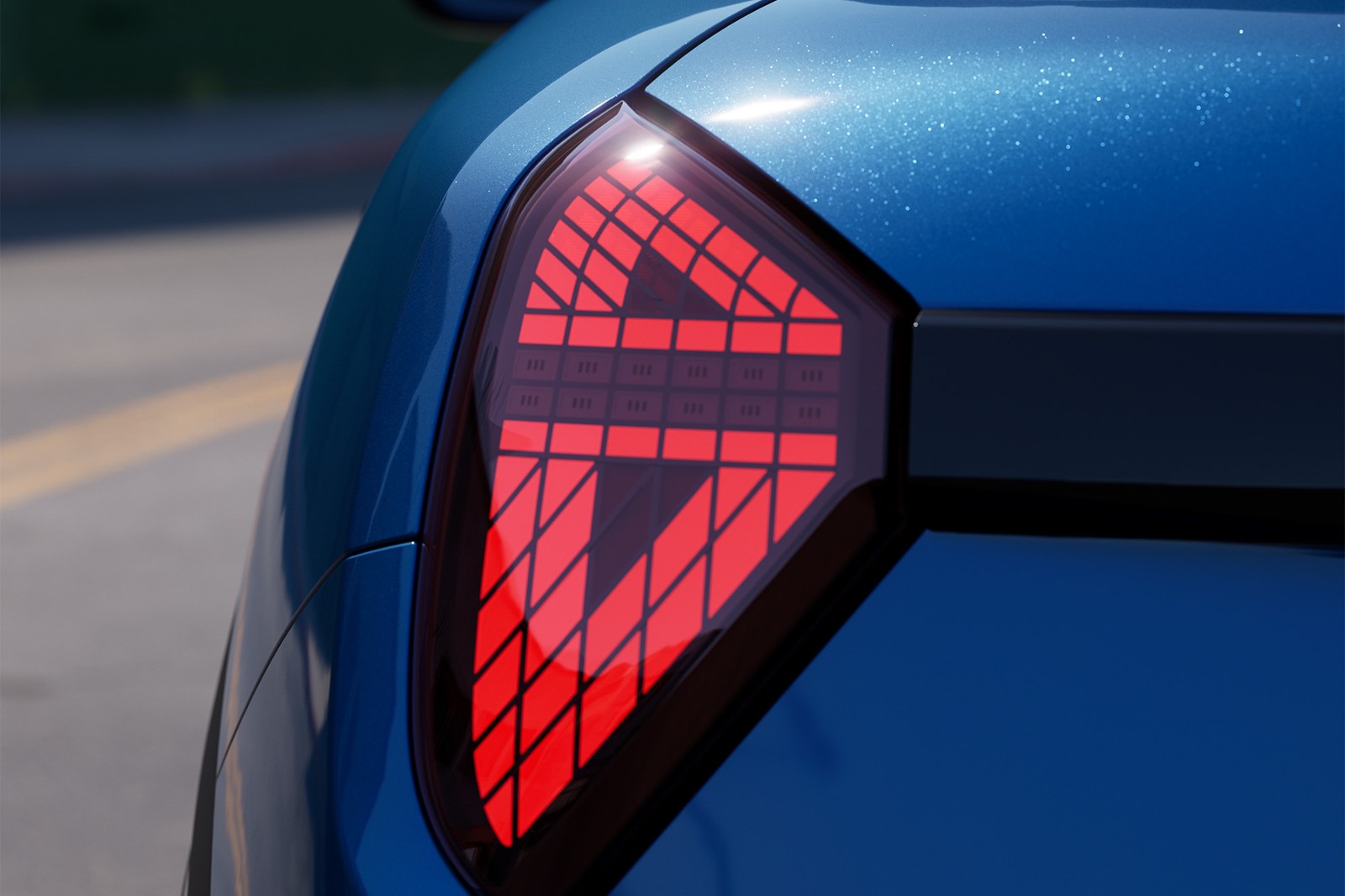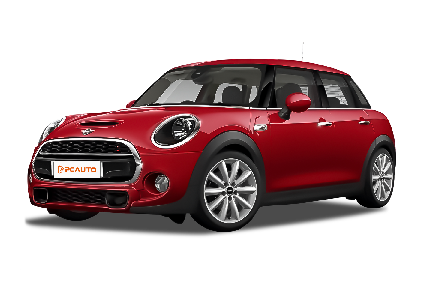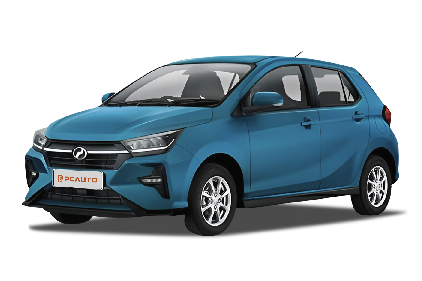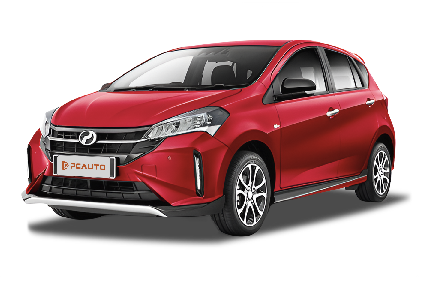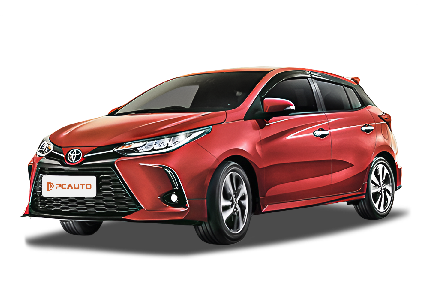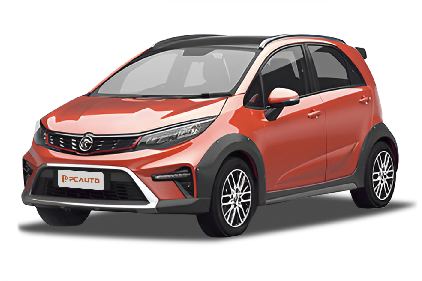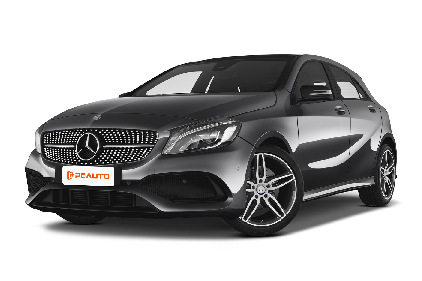Q
How much should I pay for a 2018 Civic?
The used car price of a 2018 Honda Civic mainly depends on its condition, mileage, trim level, and regional factors. Typically, prices range from RM70,000 to RM100,000. A low-mileage 1.8L S variant is around RM75,000 to RM85,000, while the top-spec 1.5L Turbo RS might go above RM95,000. When comparing prices on used car platforms, it's advisable to thoroughly check maintenance records and accident history. Also, note that the Earth Dreams engine technology in this year's Civic is highly mature, but for turbo versions, ensure regular maintenance has been performed. In the same segment, this car holds its value well – a five-year-old model has a depreciation rate of about 40%, roughly 5% lower than some competitors. This is linked to its steady market demand and low failure rate. When inspecting the car, pay special attention to the smoothness of the CVT transmission and noise insulation, as these are details frequently mentioned by owners of this model year. Additionally, if the original factory's five-year unlimited mileage warranty is still valid, it will significantly boost the vehicle's residual value.
Q
Does the JAC T9 have adaptive cruise control?
Based on the current information, the JAC T9 doesn't come standard with the Adaptive Cruise Control (ACC) feature in the Malaysian market. This model focuses more on practicality and cost - effectiveness, with its main configurations concentrated on basic driving assistance systems such as ABS and EBD. Adaptive Cruise Control usually appears in higher - spec or flagship models. It monitors the distance to the vehicle ahead through radar or cameras and automatically adjusts the speed, significantly reducing fatigue during long - distance driving. It's one of the core functions of L2 - level autonomous driving.
If you have a need for this technology, it's recommended that you check the latest configuration table on the official JAC Malaysia website or consult local dealers. Some models may offer it as an option package. Currently, in the Malaysian market, high - spec versions of pickups in the same class, such as the Toyota Hilux and Isuzu D - MAX, have been equipped with ACC, but the price will increase significantly. Consumers can weigh the technological features against practicality according to their budgets. At the same time, keep in mind that you still need to stay focused when using driving assistance systems and can't rely on them completely.
Q
What engine does the 2024 BMW X4 have?
The 2024 BMW X4 offers a range of powertrain options to suit different driving needs. The entry-level xDrive30i gets a 2.0-liter four-cylinder turbo engine, churning out 245 horsepower and 350 Nm of torque, while the high-performance M40i variant steps up to a 3.0-liter inline-six turbo that cranks out 382 horsepower and 500 Nm of torque. Both pair with an 8-speed Steptronic automatic transmission and xDrive intelligent all-wheel drive, balancing sportiness with everyday usability. Notably, BMW's latest 48V mild hybrid tech comes standard on this generation, delivering extra power assist during acceleration and start -up while optimizing fuel efficiency. For those craving even more performance, the X4 M Competition packs a track-tuned 3.0-liter twin-turbo S58 engine with a whopping 510 horsepower, sprinting from 0-100km/h in just 3.8 seconds. All these engines feature BMW TwinPower Turbo technology, paired with Valvetronic variable valve lift and Double-VANOS dual variable camshaft control, ensuring linear and efficient power delivery. In local markets, customers can also opt for the Adaptive M suspension or M Sport exhaust system to further enhance the driving experience.
Q
How much is BMW 5 Series 2025 in Dubai?
The 2025 BMW 5 Series pricing in Dubai is expected to vary depending on configuration and model. Looking at current market trends, the base model will likely start around AED 250,000 to AED 300,000 (approximately MYR 310,000 to MYR 370,000), while higher-spec versions or performance-focused models like the M550i could exceed AED 400,000 (around MYR 500,000). As a tax-free region, Dubai typically offers more competitive new car prices than many other countries, though final costs will depend on optional extras, dealer incentives, and exchange rate fluctuations.
The BMW 5 Series has long been known for its luxury, comfort, and cutting-edge tech. The 2025 model is expected to feature an updated iDrive system, more efficient hybrid options, and enhanced autonomous driving capabilities—all designed to deliver an exceptional experience whether on long highway stretches or daily city commutes. If you're considering importing or cross-comparing markets, be mindful of right-hand vs. left-hand drive differences, as well as whether warranty and after-sales services cover international use. For the most accurate budgeting, it's best to contact authorized Dubai dealerships directly for the latest quotes and detailed spec sheets.
Q
How much will the 2024 Mercedes cost?
The official pricing for the 2024 Mercedes-Benz models in Malaysia hasn't been announced yet. But looking at the 2023 model range and global market trends, we're expecting entry-level models like the A-Class or GLA to start around RM250,000 to RM300,000. For the higher-end stuff, think S-Class or GLE, you're probably looking at over RM600,000. The final price will really depend on the specs, powertrain options—like petrol, plug-in hybrid, or AMG performance variants—and local tax policies.
Imported car prices in Malaysia usually include tariffs, sales tax, and registration fees, so they’re quite a bit higher than in the country of origin. If you’re interested, keep an eye on the official Mercedes-Benz Malaysia website or check with authorized dealers for the latest updates. Also, when budgeting for a car, don’t forget insurance, road tax, and maintenance costs. Luxury brands do have higher regular service fees, but Mercedes-Benz has a solid after-sales network and warranty programs in Malaysia, which should give owners long-term peace of mind. If your budget is a bit tighter, their certified pre-owned program is worth a look too. Those cars go through rigorous inspections and come with extended warranties, so you get better value for money.
Q
What is the price of the 2018 Volkswagen Vento?
In Malaysia's used car market, the 2018 Volkswagen Vento typically ranges from RM50,000 to RM70,000. The exact price depends on factors like condition, mileage, trim level, and location—high-spec or well-maintained examples might push close to RM80,000. As VW's entry-level sedan, the Vento stands out for its solid German-engineered chassis and the durability of its 1.6L MPI engine (105hp), paired with a 6-speed auto gearbox. It's a solid choice for city driving, returning around 6.5L/100km. Standard kit includes dual airbags, ABS, and ESP, with some variants adding reverse sensors, though tech features like a touchscreen infotainment system often require post-purchase installation.
It’s worth noting that VW’s resale value in Malaysia is somewhat impacted by perceived maintenance costs. Prospective buyers should definitely get a PUSPAKOM inspection, check the original service records, and consider cross-shopping against the same-year Honda City or Toyota Vios. Those Japanese models have bigger local followings and easier parts availability, but the Vento still holds an edge when it comes to high-speed stability.
Q
What is the Tyre Brand of Proton Persona?
As a popular model of Malaysian domestic cars, the original - equipped tire brands of the Proton Persona vary according to different years and configuration versions. Common original - equipped tire brands include well - known international brands such as Goodyear, Continental, and Silverstone. For example, some models were once equipped with the Goodyear Assurance or Continental ComfortContact series. These tires are famous for their wear resistance and performance on wet roads, which meet the needs of local road conditions.
As the only part of the vehicle that contacts the ground, when choosing tires, factors such as tread design, rubber formula, and size matching need to be comprehensively considered. It is recommended that car owners regularly check tire pressure and wear conditions to ensure driving safety. If replacement is needed, they can refer to the original factory specifications or consult professional technicians. Meanwhile, given the rainy climate in Malaysia, it is advisable to prioritize tire models with excellent drainage performance, such as those with deepened groove designs. These details can significantly improve driving stability during the rainy season.
Q
Is a Ford Focus ST equipped with a V6?
No, the Ford Focus ST is not a V6. The 2014 Ford Focus ST 2.0 Ecoboost is equipped with a 4-cylinder engine. It has a displacement of 1999 mL (2.0 L), and delivers a maximum power output of 253 PS at 5500 rpm. This configuration is designed to balance performance and fuel efficiency. A V6 engine typically has six cylinders arranged in a V-shape. In some cases, V6 engines generally provide greater power and torque than a 4-cylinder engine, but may consume more fuel. However, the Focus ST's 4-cylinder engine utilizes advanced technologies such as turbocharging (specifically the Ecoboost system in this model) to enhance performance. This enables it to achieve relatively high power output while maintaining reasonable fuel consumption, benefiting both daily driving and performance enthusiasts.
Q
Does the 2018 Mitsubishi Outlander have a timing belt or chain?
The 2018 Mitsubishi Outlander comes with a timing chain instead of a timing belt. This design offers advantages in durability and maintenance costs—unlike a timing belt, it generally doesn’t need regular replacement and theoretically lasts as long as the engine itself. However, it’s advisable to periodically check the condition of the chain tensioner and guides to ensure proper operation. Both the 2.0L and 2.4L MIVEC engines in this model use chain drive, a technology that reduces the risk of breakage and handles higher RPM conditions better. That said, the chain might produce slightly more operational noise than a belt. For owners, knowing the type of timing system is important: while chains have longer maintenance intervals, any unusual noises or skipped teeth still require professional inspection. Belts, on the other hand, need strict replacement every 60,000-100,000 kilometers or 5 years to prevent breakage and severe engine damage. During regular maintenance, keep an eye on the service manual’s recommendations for timing system checks. Using oil that meets specifications can also extend the chain system’s life. If you experience difficulty starting the engine or notice abnormal power delivery, promptly investigate potential timing issues.
Q
What kind of engine is in the Toyota Hilux 2023?
The 2023 Toyota Hilux in Malaysia comes with two efficient diesel engine options from the GD series: a 2.4-liter and a 2.8-liter turbocharged unit. The 2.4-liter puts out 150 horsepower and 400 Nm of torque, while the 2.8-liter cranks out 204 horsepower and 500 Nm when paired with the 6-speed automatic transmission. Both engines feature Toyota's advanced common-rail direct injection and variable geometry turbocharger, balancing power delivery and fuel efficiency—perfect for Malaysia's diverse road conditions, whether you're navigating city streets or tackling light off-road trails. What's really nice is that the GD engines have an optimized combustion chamber design and reduced internal friction, which cuts down on noise and vibration for a smoother drive. If you're someone who regularly hauls cargo or tows, the 2.8-liter's high torque is a game-changer, while the 2.4-liter makes more sense if you're watching your daily running costs. Toyota has also fitted both engines with a DPF (Diesel Particulate Filter) to meet Malaysia's latest emission standards, showing the brand's commitment to eco-friendly tech.
